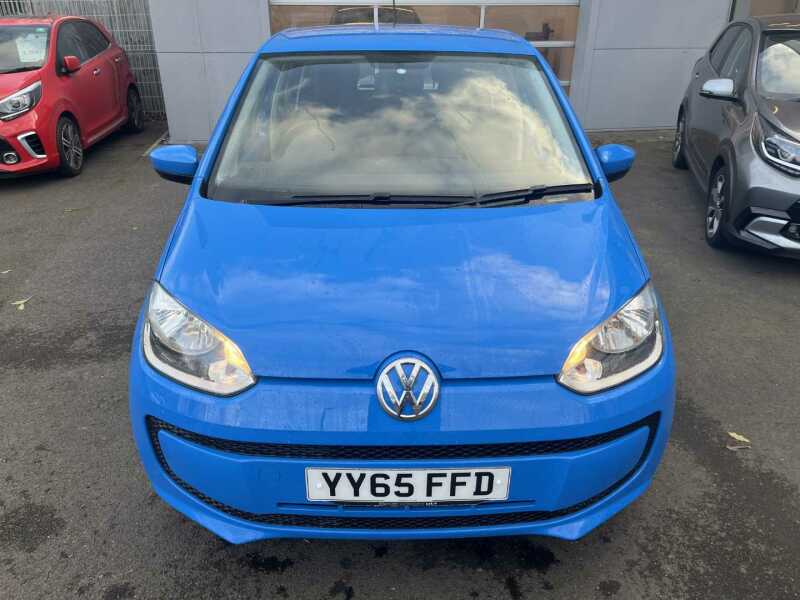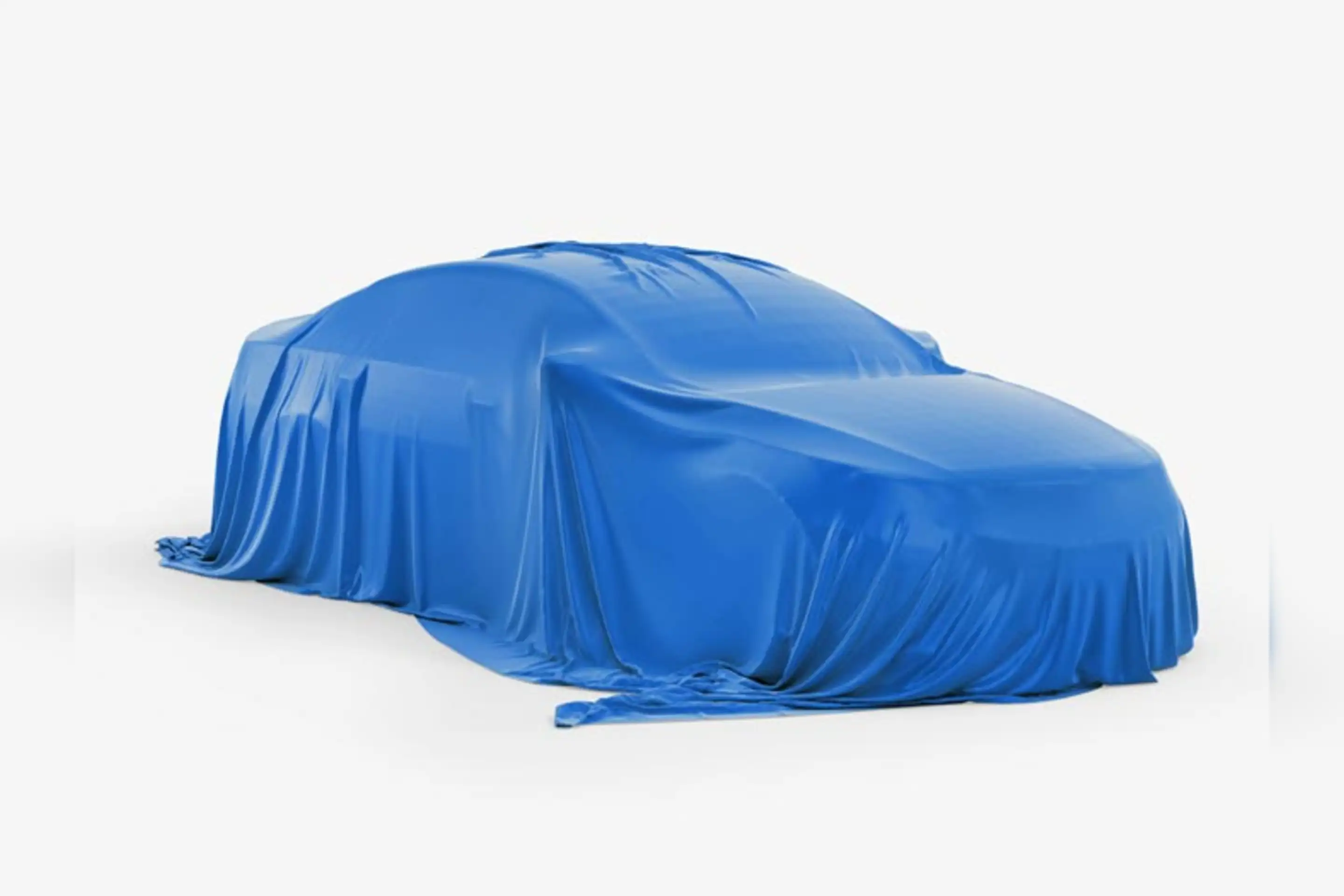Used Volkswagen Up for sale: everything you need to know
The Volkswagen Up was launched back in 2011 but a good one today still feels like one of the freshest shapes on the road. It isn’t just the styling that seems timeless either, since even as city driving becomes more expensive and cars less welcome in urban environments, the Up’s wieldy size and easy driving characteristics make it a natural in traffic.
The VW Up’s other skill was feeling grown-up on the open road, so it wasn’t just confined to city driving either. That’s as true for the most recent versions as it was the earliest cars, and the VW Up’s long production run and enduring popularity also happen to make it a great used car.
A large selection of trim levels and engine choices - including electric power - can take some time to wade through, but should make finding your ideal car even easier. Our guide below should help you find a used Volkswagen Up that works for you.
Should you buy a Volkswagen Up?
The Volkswagen Up is undoubtedly one of the best small cars of recent times. It’s simple and lightweight without being flimsy or unsafe, and it’s frugal without punishing you for choosing something that doesn’t guzzle fuel or cost a fortune to repair.
Economy is probably a key factor in choosing an VW Up. When the car launched, all models had official fuel consumption figures of over 60mpg, and while this dropped when the new WLTP testing standards became the official measurement in 2019, reducing the Up’s official published figures into the 50s, you may still find yourself getting as much as 60mpg in the real world.
On-paper performance doesn’t look like much (at least outside of the TSI and GTI) but somehow the Up feels comfortable even on a motorway - it’s no stranger to the outside lane. A big-car ride quality, surprising refinement, and the spacious cabin all make it feel like a larger car than the compact exterior dimensions might suggest.
The VW Up GTI meanwhile is great fun to drive, and at home virtually anywhere. It’s still happy nipping around in the city and its fuel consumption is barely worse in the real world than the entry-level models. But it’s quick and agile on a country road too, with good grip and strong brakes.
Then there’s the e-Up. VW touted its electric model fairly early on in the Up’s lifecycle, the first cars emerging in 2013. Its early 99-mile range might limit its appeal for some drivers, but in 2019, that ballooned to 159 miles thanks to a larger, 32kWh battery pack.
We should say at this point that the Volkswagen Up had two siblings throughout its life, the Skoda Citigo and SEAT Mii. Neither had quite the wide range of models as the Up (both lacked a GTI equivalent, for instance) but their slightly different styling, unique colour options, and slightly lower prices may appeal. The VW Up had plenty of other rivals too, from the cheeky Citroen C1, Peugeot 108 and Toyota Aygo trio, to the rear-engined Renault Twingo (which itself got a sporty GT model), and the Korean duo, the Hyundai i10 and Kia Picanto.
A Volkswagen Up not for you? We've got 1000s of used cars for sale to suit all budgets and needs.
What’s the best used Volkswagen Up model to buy?
With such a wide choice of models, there’s really no bad decision when it comes to searching for a Volkswagen Up for sale. The only word of caution we’d offer is that if you’re tempted by the electric e-Up, seek out a post-2019 car with the 32kWh battery pack, for its extra 60 miles of range - if you do longer trips even very occasionally, it’ll make all the difference to your ease of ownership.
The other key decision is whether to opt for the three-door or five-door body style. The three-door’s doors are huge so letting people into the back isn’t as tricky as you might expect, but naturally the five-door does make things easier (particularly if you’re carrying kids around), and the smaller doors are easier to open in tight spots.
If you’ve got the budget, it’s hard not to be tempted by the GTI. It’s barely less economical than the non-turbocharged cars and just as easy to drive in town, but the extra performance is very welcome. Still, the non-turbo models don’t feel like a hardship - though unless you must have an auto, we’d choose the regular manual gearbox over the automated manual offered for a time; the latter, like many such systems, is a little slow and jerky.
Used Volkswagen Up fuel economy and performance
- Volkswagen Up 60PS: The lower output of the two naturally-aspirated 1-litre three-cylinder engines moves the Up from 0-62mph in 14.4 seconds. WLTP economy is quoted as up to 51.4mpg.
- Volkswagen Up 75PS: Dropped during 2020, the more powerful version of the three-cylinder was a touch quicker, covering 0-62mph in 13.2 seconds. The model disappeared before WLTP economy testing came in so its 68.9mpg figure should be taken with a pinch of salt.
- Volkswagen Up TSI: Introduced in 2017, the Up TSI developed 90PS from a turbocharged version of the 1-litre three-cylinder. With a 0-62mph time of 9.9 seconds it’s second only to the GTI for performance. Like the 75PS car, economy is pre-WLTP, at 60.1mpg.
- Volkswagen Up GTI: The GTI used a more potent version of the turbocharged engine, with 115PS. It was good for 0-62mph in 8.8 seconds and 122mph, and WLTP economy of 53.3mpg.
- Volkswagen e-Up: The e-Up’s electric motor developed 82PS and had claimed 0-62mph acceleration figure of 12.4 seconds. Officially it could cover 159 miles on a charge (99 miles pre-2019), with CO2 emissions naturally at 0g/km.
What used Volkswagen Up trim levels are available?
The Volkswagen Up was offered in a baffling array of trim levels over the years, most with slightly different levels of equipment, colours, wheels, and engine choices. It’s easier to divide the range by its engines (which you can find detailed above), though with new models now available only from stock, most cars you find will be divided into one of the versions below.
It’s worth noting that the Up never came with a conventional touchscreen infotainment system like many modern cars - instead, a car you’re looking at may have a satnav-style accessory screen that plugs into the top of the dashboard, or sometimes just a smartphone holder which you can then connect via USB.
- The Volkswagen Up served as the entry-level model more recently but was fairly well equipped, with 15-inch alloy wheels as standard, air conditioning, and an audio unit with USB connectivity.
- The Volkswagen Up Beats was a collaboration with Dr. Dre’s audio brand and centred primarily around a 300W Beats audio system with an eight-channel amp and seven speakers. It also received unique wheels, graphics, and interior trim.
- The Volkswagen Up GTI was the performance model, and a spiritual successor to the original Golf GTI. Visually it got a unique front bumper and grille, 17-inch alloy wheels, and GTI interior trimmings, while it’s the sole Up model to get the range-topping 115PS turbocharged three-cylinder engine and 15mm lower sports suspension.
- The Volkswagen e-Up stands on its own not just for being electric, but for toys like cruise control and a rear-view parking camera, and unique wheels and C-shaped daytime running lights.
- Numerous other trim levels were available during the Up’s run. Early cars came in Take Up, Move Up, Look Up, High Up, Club Up, Street Up, and Rock Up formats. Black Edition and White Edition versions were also sold, as was a sporty R-Line.
Used Volkswagen Up dimensions and boot size
The Volkswagen Up’s dimensions are:
- Length: 3600mm
- Width: 1645mm (without mirrors), 1910mm (with mirrors)
- Height: 1504mm (GTI 1478mm)
- Ground clearance: 135mm
The Volkswagen Up’s boot size is:
- 251 litres
- 959 litres with the rear seats folded down
Used Volkswagen Up road tax
Post-2017 all Up models apart from the e-Up are subject to the same flat rate of tax, at £180 per year. Prior to this though, you’ll find that most Up models are free to tax, since most had official CO2 figures of under 100g/km. The e-Up meanwhile is free to tax regardless, being an electric vehicle.
How much is it to insure a Volkswagen Up?
It’s not expensive to fuel, it’s not expensive to tax, and the Volkswagen Up is not expensive to insure either. The entry-level models start in just group 2 in the 1-50 scale, and even the Up GTI is only group 17, compared to the groups 28-31 of a Golf GTI.
Read our full Volkswagen Up review


